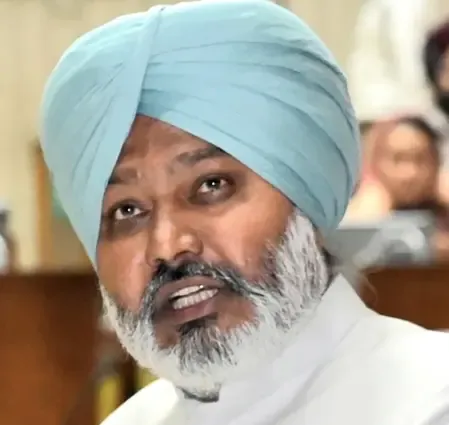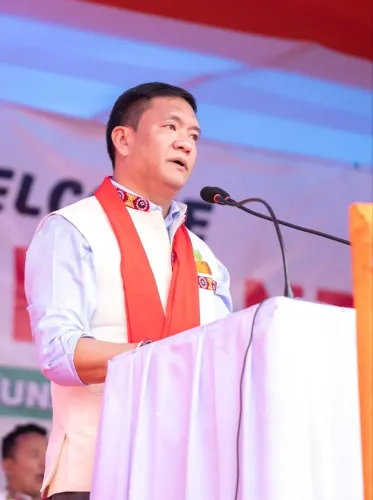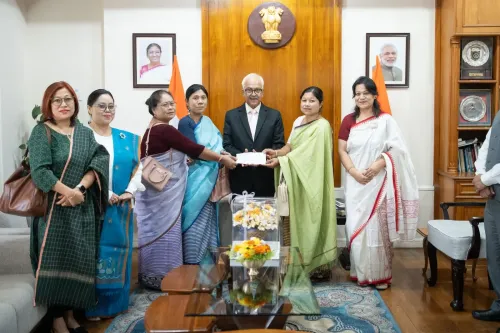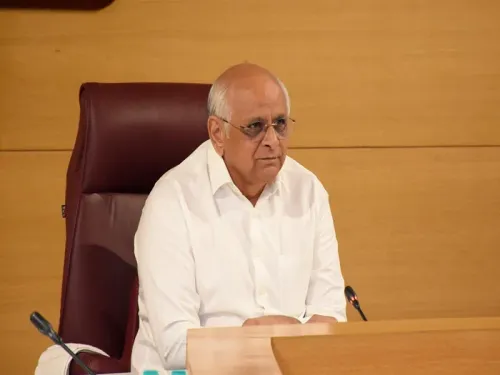Should Punjab Revamp Its GST Structure?

Synopsis
Key Takeaways
- Urgent reforms in GST are needed to address revenue losses in Punjab.
- A unified platform is proposed for better tax compliance.
- Punjab's reliance on agriculture necessitates compensation for lost revenue.
- High gross turnovers in industries do not translate into increased GST collection.
- Destination-based tax systems may lead to revenue outflows.
New Delhi, July 4 (NationPress) In an extensive examination of the state's financial situation, Punjab's Finance Minister Harpal Singh Cheema called for significant reforms in the Goods and Services Tax (GST) framework, advocating for policy adjustments aimed at enhancing revenue, particularly by incorporating foodgrains within its structure.
He proposed the creation of a centralized platform to facilitate access for all states and the Central Tax Authority, enabling effective data analytics to identify tax evasion and compliance challenges.
Addressing the financial setbacks the state has encountered due to the integration of various taxes post-GST implementation, Finance Minister Cheema highlighted that Punjab, being an agrarian state, was heavily dependent on Purchase Tax and Infrastructure Development Fee (ID Fee) related to grain sales, which generated Rs 3,094 crore in 2015-16, accounting for 16.55 percent of its total tax revenue, resulting in a permanent revenue deficit following the consolidation of these taxes.
He further pointed out the revenue decline stemming from the absorption of the Central Sales Tax (CST), which had contributed Rs 568 crore to Punjab’s finances in 2015-16. Additionally, he noted that the state's revenue collection was more robust under the previous VAT system compared to the current GST framework. Since July 2017, the state has faced a persistent shortfall in GST revenue, with actual earnings falling short of the anticipated figures based on a projected 14 percent growth rate.
Cheema remarked that if GST had not been adopted, Punjab's fiscal condition would have been more favorable, even under a conservative 10 percent CAGR growth estimate. The state has experienced a revenue deficit of Rs 47,037 crore since July 1, 2022, asserting that states reliant on agriculture, like Punjab, deserve compensation for the enduring loss of revenue due to the removal of purchase tax on food grains.
He also addressed the contradictory situation where vital industrial sectors in Punjab, including agricultural machinery, bicycles, and hosiery, report high gross turnovers but fail to show a proportional rise in GST revenue.
Cheema pointed out that this discrepancy is primarily due to GST being a destination-based consumption tax, which leads to revenue exiting Punjab through SGST input tax credit adjustments against IGST liabilities, resulting in a net revenue outflow.









